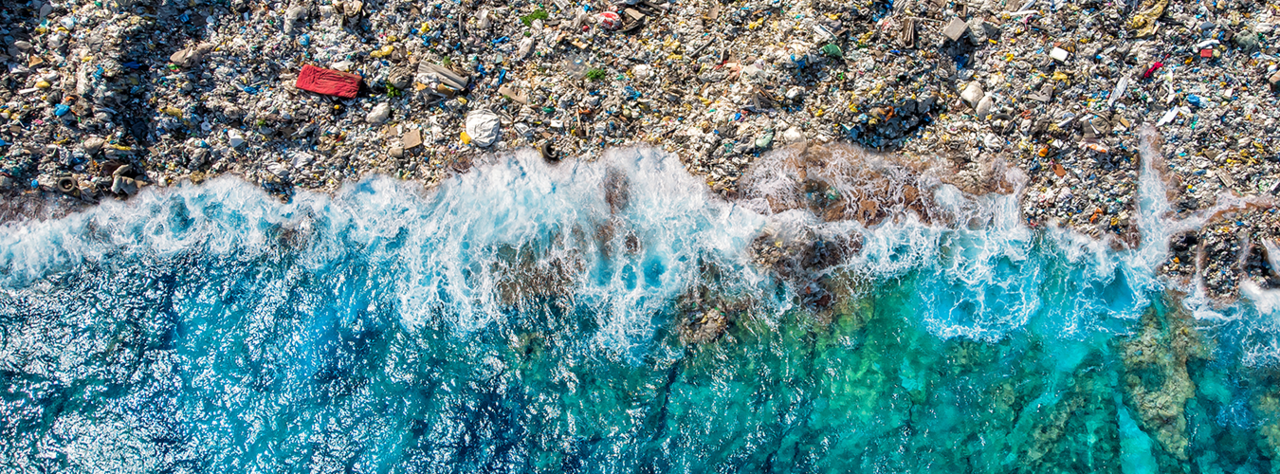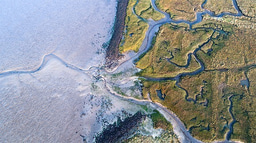
Every year, June 5th marks World Environment Day, a global initiative that encourages individuals and communities to reflect on their relationship with the planet and the ecosystems that sustain life. This day reminds us to appreciate the beauty of nature, raise awareness of pressing environmental challenges, and take meaningful action to protect our planet and promote a sustainable, resilient future.
The theme for this year, "Combating Plastic Pollution," highlights pressing global concerns that demand immediate attention.
Plastic pollution is intensifying due to growing demand and poor waste management practices. Approximately 8 million tons of plastic waste enter oceans annually, killing over 1 million marine animals. According to the UN Environment Programme, plastic pollution is predicted to increase by 50% by 2040.
Moreover, microplastics contaminate water, food, and air, posing serious health risks. Plastic breaks down into microplastics, which are widespread and found in 80% of tap water samples worldwide. Exposure to plastic pollution has been linked to various health issues in humans, including cancer, reproductive disorders, and respiratory problems. However, its full impact on aquatic health remains to be fully understood. As plastic pollution continues to grow, the risk of toxic substances entering our bodies through food, water, and air becomes increasingly alarming.
On World Environment Day, let's recognize the urgency of combating plastic pollution. Individual and collective action is crucial to mitigate this crisis and promote a sustainable future.
Springer Nature is actively contributing to raising awareness about plastic pollution through various publications. Our recent publications focus on understanding plastic pollution, its impact on the environment, and strategies for mitigation. For example, some of the most relevant research articles published by Springer Nature supporting the topic of Environment and expanding on microplastics are:
- Plastic futures and their CO2 emissions.
- Underestimated health risks: polystyrene micro- and nanoplastics jointly induce intestinal barrier dysfunction by ROS-mediated epithelial cell apoptosis.
- An inshore–offshore sorting system revealed from global classification of ocean litter.
- Growing environmental footprint of plastics driven by coal combustion.
- Direct radiative effects of airborne microplastics.
- Quantitative tracing of uptake and transport of submicrometre plastics in crop plants using lanthanide chelates as a dual-functional tracer.
- Microplastic pollution in seawater and marine organisms across the Tropical Eastern Pacific and Galápagos.
- Microplastics in fish and fishmeal: an emerging environmental challenge?
- Pervasive distribution of polyester fibres in the Arctic Ocean is driven by Atlantic inputs.
- Plastic debris in lakes and reservoirs.
And the top five journals that published articles related to microplastics and environment (number of publications in bracket) include Environmental Science and Pollution Research (784), Scientific Reports (348), Environmental Monitoring and Assessment (230), Water, Air, & Soil Pollution (218) and International Journal of Environmental Science and Technology (102).
(Source: https://sn-insights.dimensions.ai/discover/publication).
The book chapters are as well trending on Microplastic studies. For example, some of the most relevant book chapters published during 2021-2025 are
- Microbial Electrochemical Technologies: Sustainable Solutions for Addressing Environmental Challenges
- Valorization of Agricultural Residues to Valuable Products: A Circular Bioeconomy Approach
- Beyond Infections: Exploring Immune-Mediated Pathways Linking Cannabis and Emerging Environmental Contaminants to Neurodevelopmental Outcomes
- Small Plastics, Big Inflammatory Problems
- Microplastics in the Food Chain: Food Safety and Environmental Aspects
Please check out the SDG 6 Clean Water and Sanitation Hub here for all SDG 6 related information and events.
Imgae Credits: https://www.un.org/en/observances/environment-day

Please sign in or register for FREE
If you are a registered user on Research Communities by Springer Nature, please sign in